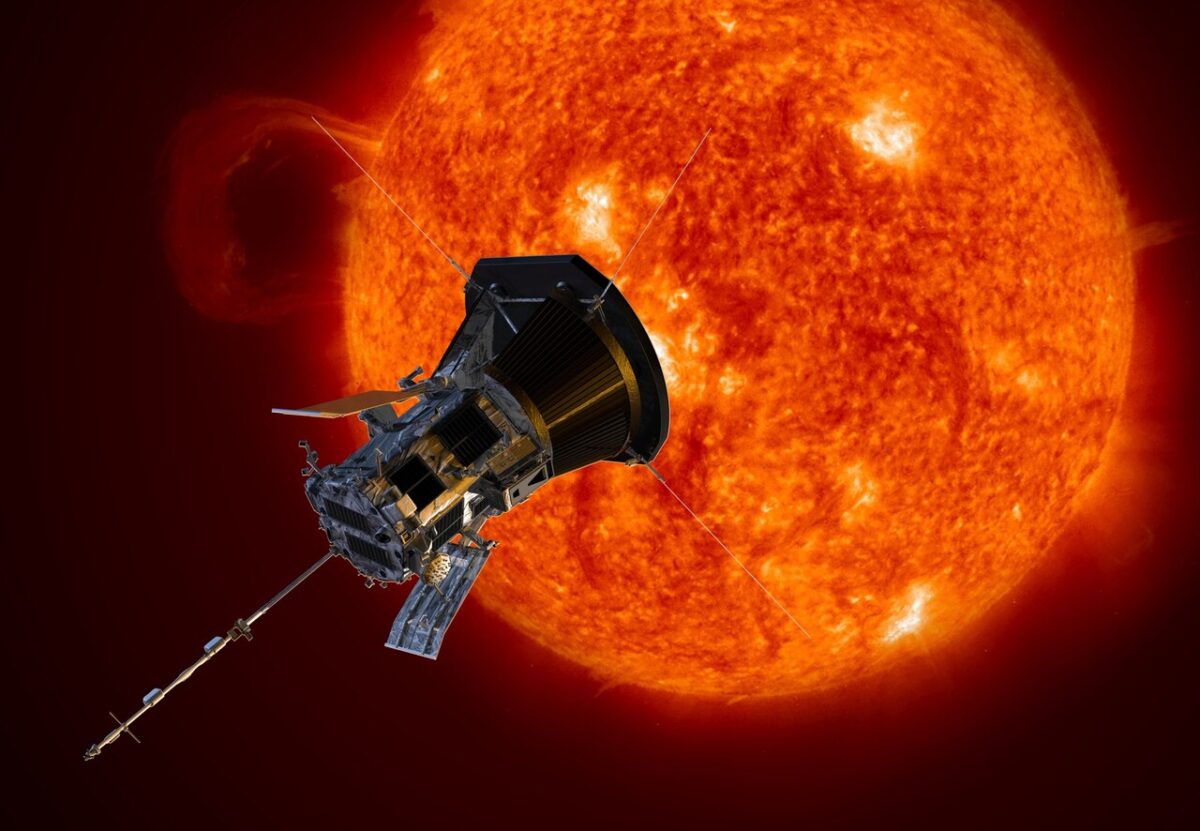500 Times the Speed of Sound

NASA’s Parker Solar Probe, designed to study the Sun’s outer corona, has just matched the record for the fastest human-made object. The previous record holder, was in fact, the Parker Solar Probe itself.
On June 29, the probe was recorded traveling at 635,266 kilometers (394,736 miles) per hour, equaling a speed it first reached in 2018. This is roughly 500 times faster than the speed of sound.
The probe is expected to reach even higher speeds, with a projected top speed of around 692,000 kph (430,000 mph) when it makes its closest approach to the Sun in 2025. That’s fast enough to travel from Washington, DC to Tokyo in under a minute.
Achieving these incredible speeds involves precise timing and momentum. The Parker Solar Probe uses the gravity of Venus in a series of flybys to slingshot itself closer to the Sun.
The probe aims to get very close to the Sun’s ultra-hot plasma, collecting data to enhance our understanding of the Sun. In April 2021, it ‘touched’ the Sun’s corona for the first time, collecting plasma samples and measuring changes in the magnetic field.
Amazing video of the probe entering the suns corona:
The data collected is invaluable and cannot be obtained from Earth. Parker has now completed its 20th close approach, coming within 7.26 million kilometers of the Sun’s surface. Eventually, it will get within 6.12 million kilometers.
The probe is built to withstand extreme conditions, including high speeds, heat, and radiation. Its 11.4-centimeter (4.5-inch) carbon-composite shield can withstand temperatures up to 1,371 degrees Celsius (2,500 degrees Fahrenheit).
The Parker Solar Probe’s title as the fastest human-made object is likely to remain unchallenged for some time. If the record is broken, it will probably be by another spacecraft.